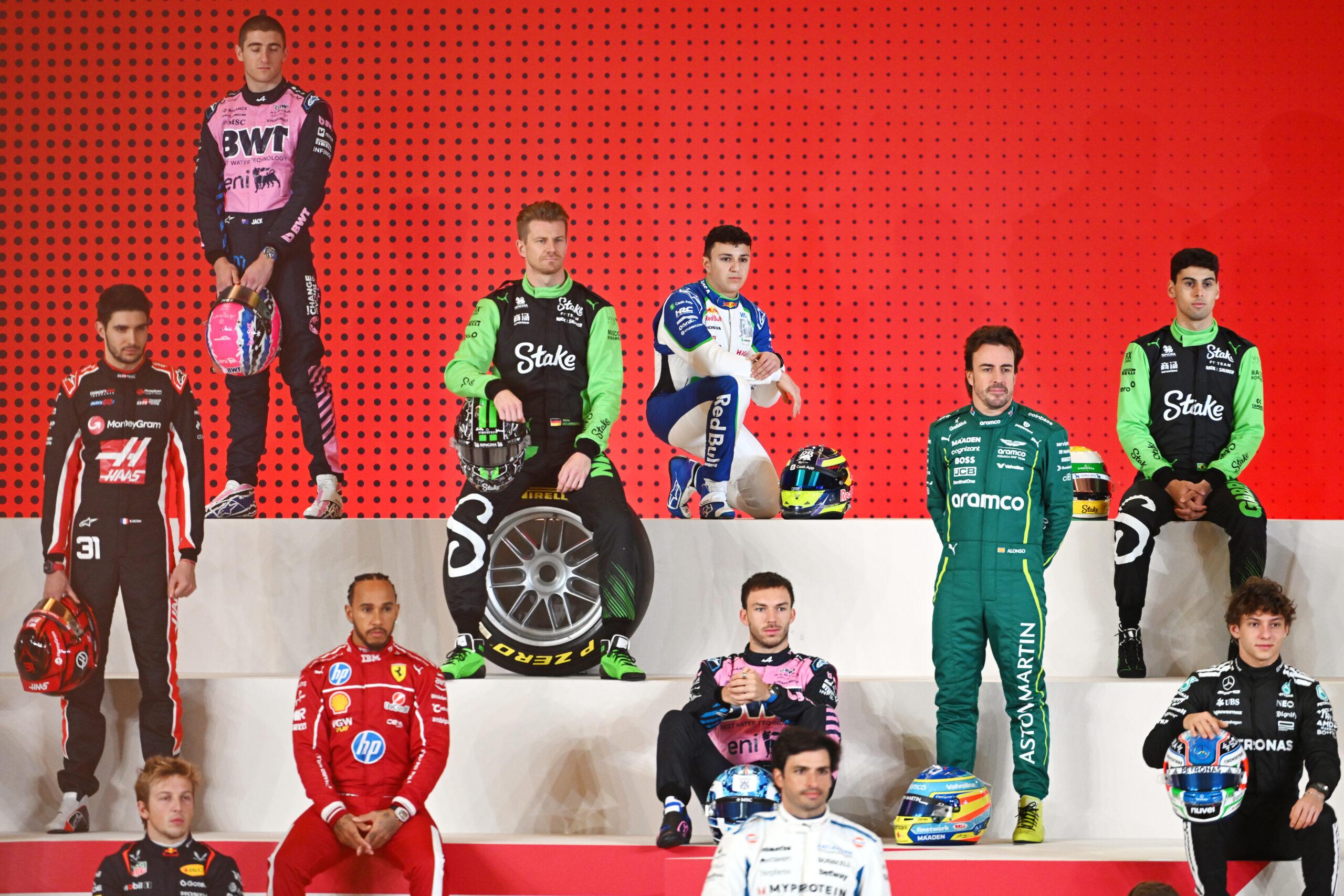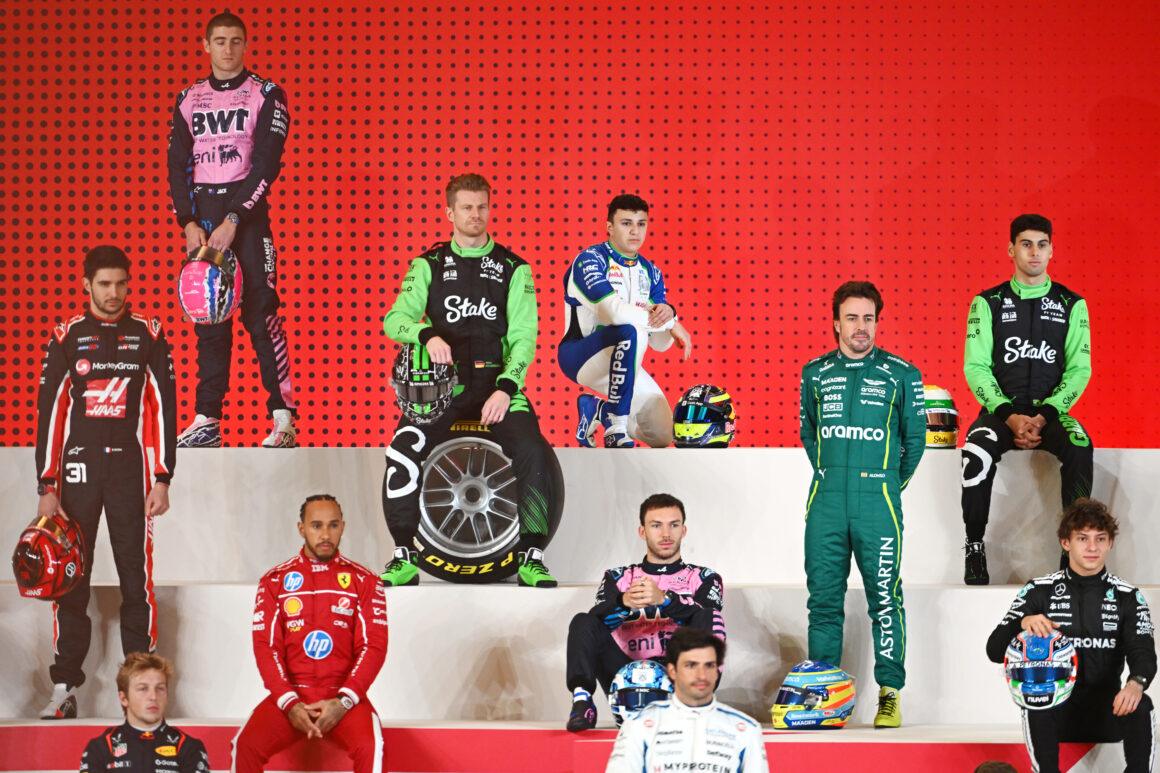Heard the radio call: “Lift and coast”? No, it’s not code for giving up. It’s the art of going fast while spending less. In modern racing, especially Formula 1, it’s the go-to move when fuel targets bite, brakes cry, or temperatures soar. Drivers hate it. Strategists love it. And when it’s done right, the competition gets reduced to expensive spectators.
So what is it, why does it matter, and when do teams pull the trigger? Grab your popcorn; the plot thickens like a team’s excuse list when fuel runs short.
Lift and Coast: The Core Move
“Lift and coast” means the driver lifts off the throttle earlier than usual at the end of a straight, lets the car decelerate by aerodynamic and tire drag, then picks up the normal braking curve. No braking during the “coast” phase. No throttle. Just physics doing free work. Lights out and away we… oh wait, the driver already saved a few grams of fuel.
At 300 km/h, drag is brutal. Coasting can slow the car at roughly road-car emergency-stop levels. Time lost? Mere hundredths for a modest 50-meter lift. Fuel saved? Significant over a race distance. File this under: not sexy, but devastatingly effective.
How It Differs From Just “Driving Slower”
This isn’t lazy coasting into corners from a mile back. It’s a targeted, data-driven technique that preserves apex speed and restores the normal braking trace. Slashing throttle earlier on the straight beats dribbling less throttle all the way down it. Why? Because any time you delay getting up to speed, you hemorrhage lap time. Lift and coast hits the sweet spot between efficiency and pace.
Try easing the throttle all straight long? That’s another masterclass in how NOT to save time. Lift-and-coast wins the efficiency-per-second game, every time.
Why Teams Use It: The Brutal Math
Fuel is heavy. Heavy is slow. Start lighter, go faster. Teams often underfuel versus flat-out needs, then save during the race. Shave a few kilos at the start and you gain tenths per lap early, bank that track position, then manage later with lift and coast. It’s ruthless, it’s logical, and it’s how you turn strategy into silverware.
Even at non-fuel-limited tracks, this can beat the “fill it and forget it” approach. The race is long. The delta stacks. Somewhere, a strategist is smiling.
Time Loss vs Gain: Manageable Pain
Small lifts cost half a tenth to a tenth per lap. Big lifts? Up to three tenths. Noticeable, but survivable. The apex speed stays the same, overtaking zones remain intact, and the car’s only a couple of meters closer to the chaser at braking. Done smartly, you won’t get mugged into Turn 1. Unless your planning was as fragile as your brake ducts.
Historical callback: Montreal fuel games? Somewhere, 2014-2020 strategists are nodding sagely. The technique has been common since refueling bans forced everyone to think like weight weenies.
The Benefits: More Than Fuel
Yes, the headliner is fuel saving. But lift and coast moonlights as a lifesaver for brakes and temperatures. When you lift early, the air absorbs a chunk of the energy you’d otherwise dump into the rotors. Translation: cooler brakes, fewer brown-pant moments, longer life. The wind? Today it played favorites. Apparently it’s a fan of your stopping distances.
Cooling engines? Absolutely. Back off the throttle sooner, reduce load and heat, and you buy breathing room when you’re stuck in dirty air or racing in oven-grade climates. The track temperature hit levels that would make Hell consider air conditioning.
What You Give Up
Energy harvesting on the MGU-K can dip slightly because you’re braking later and for a touch less time. But the net energy and race-time picture still favors lift and coast. Want to save fuel by turning down fuel flow or babying the throttle? Slower than my grandmother’s WiFi.
Modern hybrids are efficient, but not miracle workers. Lift and coast remains the best bang-for-buck when the target is stingy on fuel and generous on pace.
Driver Execution: Harder Than It Looks
This takes finesse. Drivers are trained to pin the throttle, then slam the brake. Asking them to lift early but still rejoin the original braking profile precisely? That’s a skill. Botch it and you brake too early, miss your markers, and hand over time like free samples. Nail it and you save a chunk of fuel for pennies of lap time.
The best at it turn fuel saving into a competitive weapon. Teammates compare who can save more without bleeding pace. Petty? No. That’s the sport.
When To Use It (and When Not To)
Teams pre-plan zones where lift and coast is efficient and safe. Usually, these are the same places you’d pass. If there’s a car breathing down your neck, you move the trick to infield sections or skip it in combat. Because giving a DRS-toting rival a gift? Yikes.
Safety cars help too. Slow laps let you save fuel effortlessly. Then you go full send after the restart, with extra juice to burn. Somewhere, a PR manager just had a minor stroke watching delta times swing.
Lift and Coast vs Other Fuel-Saving Moves
Short shifting? Useful for fuel and cooling, but it costs speed on the straights. Engine mode tweaks used to help, but modern rules limit mid-race mode changes. Drivers now rely on technique: lift and coast first, smoother throttle second. The latter is fine, but it’s not as time-efficient as a clean early lift into drag decel. The ol’ Verstappen divebomb special? Warranty void when you’ve been told to coast.
Remember: F1 cars must finish with at least one liter of fuel for scrutineering. Miss that and your trophy becomes a bedtime story. Looking at you, technical disqualifications.
Weather and Traffic: The Wild Cards
Rain shows up like that friend who causes drama at parties. In the wet, lift and coast can open up margins before braking, reducing risk. In hot races or traffic, airflow shrinks and temps climb, so drivers get the early-lift memo to protect the PU and brakes. Clouds circling like vultures over your championship hopes? Manage temps or become lunch.
Bottom line: the track, the pack, and the forecast decide how aggressive you can be without turning into a mobile chicane.
- Fuel saving: Best-in-class efficiency for minimal lap time loss
- Brake management: Drag does the dirty work, discs live longer
- Engine cooling: Lower stress, safer temps in traffic and heat
- Strategy power: Start lighter, gain early, manage late
Mythbusting: Common Misreads
“Lift and coast means you’re slow.” Wrong. It means you’re smart. It’s a planned, linear trade: double the lift, double the fuel saved, small time tax. Use it to hit race targets without binning your strategy. The competition? Reduced to expensive spectators when you time it right.
“You’ll get overtaken instantly.” Not if you choose the right zones and keep apex speed. Two meters lost at the end of a straight isn’t a highway robbery. Poor planning? That’s another story. Bold strategy: let’s do exactly what lost us the last three races.
Practical Example: The 50-Meter Lift
Take a 50-meter early lift at the end of a straight. You go from full beans to zero throttle. Fuel flow drops from max to effectively none. Time lost? Hundredths. Fuel saved? A few grams. Do that every lap, every zone, and your end-of-race math starts smiling. Somewhere, Schumacher-style precision meets modern hybrid calculus.
In extreme cases, late-race lifts can cost a few tenths per lap. But that’s the bill for the feast you ate earlier when you started lighter. Strategy isn’t magic. It’s math with attitude.
The Final Word
Lift and coast is racing’s quiet superpower. It makes cars faster over a full Grand Prix, keeps hardware alive, and buys track position without fireworks. Drivers don’t love it. Fans don’t always notice it. Engineers? They frame it. Hamilton gets the Montreal call, and somewhere, the stopwatch nods.
Next time you hear “lift and coast,” don’t groan. Appreciate the craft. That driver didn’t just save fuel. They sent everyone else back to karting school on race strategy.

